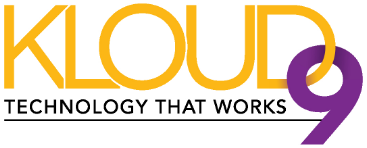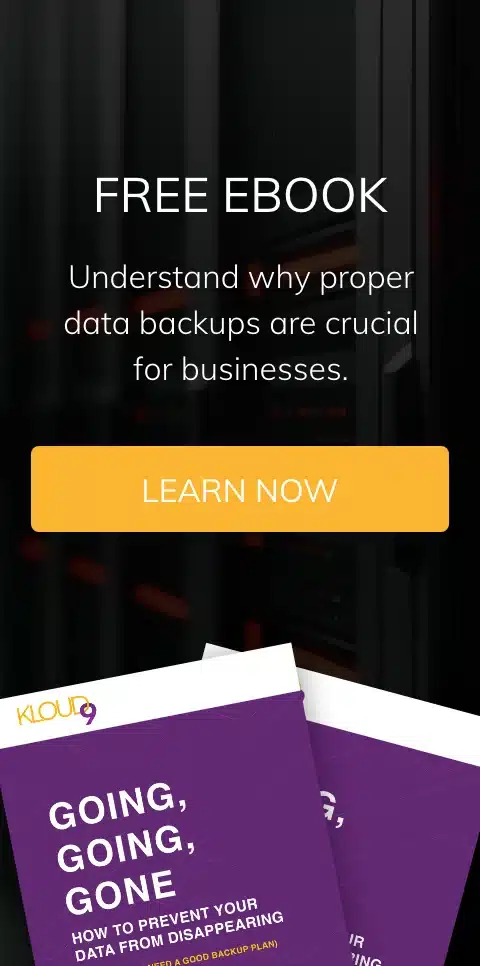These days companies are creation visual content at an incredible rate, and the question soon arises, how and where to manage these assets? The sheer quantities of images, infographics, videos and creative web art bring into play the need for a cohesive strategy for keeping it all organized should and when you need it.
The reasons for having a workable visual content strategy are grounded mainly in time-savings and asset protection. How many times have you personally looked for what seemed forever for a specific visual? Painful memories, I know.
The time savings alone that would occur if you didn’t have to search high and low for that particular image or video are worth it. Let alone the need to ensure you have proof of your ownership of these images should a copyright infringement action come against you. That could be an expensive mistake, and one that is totally preventable. Let’s take a quick look at how you can get a better handle on your company’s visual assets.
5 Tips for managing your visual content
Create or purchase a system - If you have someone on your team who can make a system for you, great. If not, there are plenty of solutions available, including off site cloud solutions. A company called North Plains is a leader in digital asset management.
Use your own naming conventions - Make sure you name your image files in a manner that depicts what the content is. It saves a considerable amount of time if you name something “old small logo” as opposed to IMG3899976236.
Create guidelines for its use - There may be a number of people who will need access to these files over their useful lifetime. Make sure you provide guidelines for the proper use of your content, so that you aren’t surprised after the fact when it can be very hard to fix.
Centralize your storage - Resist the temptation to have files in several different locations. Having your assets in one centralized location, with appropriate backup systems enabled, can make your life a lot easier.
Create access protocols - Not everyone may need the same type of access, and you should be able to control access so your content is not accessed outside of your company, or by employees no longer employed by you.


Leave a comment!
You must be logged in to post a comment.